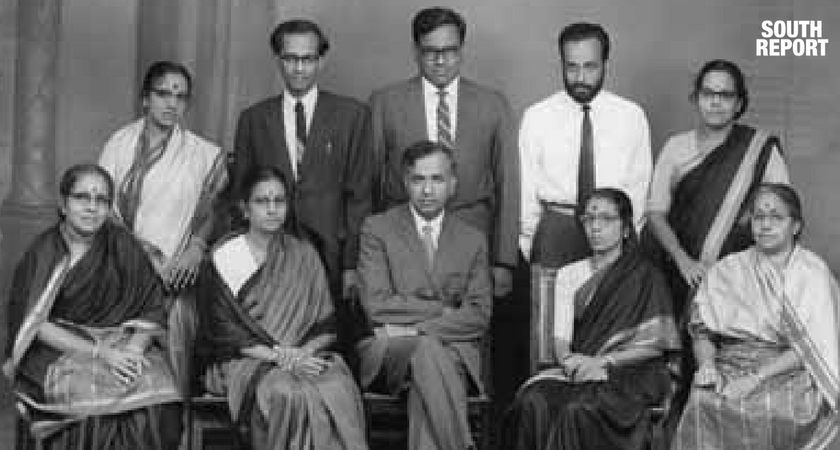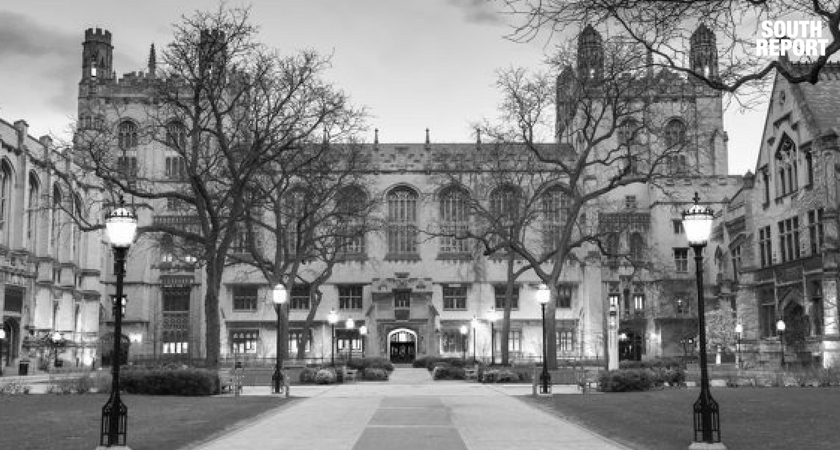All-new Amazon Fire TV Stick 4K streaming device, more than 1.5 million movies and TV episodes, supports Wi-Fi 6, watch free & live TV
$49.99 (as of April 26, 2024 18:18 GMT +00:00 - More infoProduct prices and availability are accurate as of the date/time indicated and are subject to change. Any price and availability information displayed on [relevant Amazon Site(s), as applicable] at the time of purchase will apply to the purchase of this product.)Subrahmanyan Chandrasekhar was an Indian-born American astrophysicist and applied mathematician whose work on the origins, structure, and dynamics of stars secured him a prominent place in the annals of science. His expansive research and published papers and books include topics such as the system of energy transfer within stars, stellar evolution, stellar structure, and theories of planetary and stellar atmospheres. For nearly twenty years, he served as the editor-in-chief of the Astrophysical Journal, the leading publication of its kind in the world. For his immense contribution to science, Chandrasekhar, who died in 1995, received numerous awards and distinctions, most notably the 1983 Nobel Prize for Physics for his research into the depths of aged stars.
1. Chandrasekhar, better known as Chandra, was born on October 19, 1910, in Lahore, India (now part of Pakistan), the first son of C. Subrahmanyan Ayyar and Sitalakshmi nee (Divan Bahadur) Balakrishnan.

2. As the firstborn son, Chandra inherited his paternal grandfather’s name, Chandrasekhar. His uncle was the Nobel Prize-winning Indian physicist, Sir CV Raman.

3. With typical drive and motivation, he studied on his own and steamed ahead of the class, completing school by the age of fifteen.

4. After high school, Chandra attended Presidency College in Madras. For the first two years, he studied physics, Chemistry, English, and Sanskrit. For his B.A. honors degree, he wished to take pure mathematics but his father insisted that he took physics. Chandra resolved this conflict by registering as an honors physics student but attending mathematics lectures. Recognizing his brilliance, his lecturers went out of their way to accommodate Chandra.

5. A highlight of his college years was the publication of his paper, “The Compton Scattering and the New Statistics.” These and other early successes while he was still an eighteen-year-old undergraduate only strengthened Chandra’s resolve to pursue a career in scientific research, despite his father’s wish that he join the Indian civil service.

6. A meeting the following year with the German physicist Werner Heisenberg, whom Chandra, as the secretary of the student science association, had the honor of showing around Madras, and Chandra’s attendance at the Indian Science Congress Association Meeting in early 1930, where his work was hailed, doubled his determination.

7. Upon graduating with a M.A. in 1930, Chandra set off for Trinity College, Cambridge, as a research student, courtesy of an Indian government scholarship created especially for him

8. In August 1932, Chandra left Cambridge to continue his studies in Denmark under physicist Niels Bohr. In Copenhagen, he was able to devote more of his energies to pure physics. A series of Chandra’s lectures on astrophysics given at the University of Liège, in Belgium, in February 1933 received a warm reception.

9. Chandrasekhar’s uncertainty about his future was assuaged when he was awarded a fellowship at Trinity College, Cambridge. During a four-week trip to Russia in 1934, where he met physicists Lev Davidovich Landau, B. P. Geraismovic, and Viktor Ambartsumian, he returned to the work that had led him into astrophysics to begin with, white dwarfs.

10. As a member of the Royal Astronomical Society since 1932, Chandra was entitled to present papers at its twice monthly meetings. It was at one of these that Chandra, in 1935, announced the results of the work that would later make his name.

11. While in the United States, he was offered a research associate position at Yerkes Observatory at Williams Bay, Wisconsin, staring in January 1937. Before taking up this post, Chandra returned home to India to marry the woman who had waited for him patiently for six years. He had known Lalitha Doraiswamy, daughter of Captain and Mrs. Savitri Doraiswamy, since they had been students together at Madras University.

12. After graduation, she had undertaken a master’s degree. At the time of their marriage, she was a headmistress. Although their marriage of love was unusual, as both came from fairly progressive families and were both of the Brahman caste, neither of their families had any real objections. After a whirlwind courtship and wedding, the young bride and groom set out for the United States.

13. In 1938, he was promoted to assistant professor of astrophysics. During this time Chandra revealed his conclusions regarding the life paths of stars.

14. In 1942, he was promoted to associate professor of astrophysics at the University of Chicago and in 1943, to professor. Around 1944, he switched his research from stellar dynamics to radiative transfer. Of all his research, the latter gave him, he recalled later, more fulfillment.

15. That year, he also achieved a lifelong ambition when he was elected to the Royal Society of London. In 1946, he was elevated to Distinguished Service Professor. In 1952, he became Morton D. Hull Distinguished Service Professor of Astrophysics in the departments of astronomy and physics, as well as at the Institute for Nuclear Physics at the University of Chicago’s Yerkes Observatory. Later the same year, he was appointed managing editor of the Astrophysical Journal, a position he held until 1971.

16. Chandra became a United States citizen in 1953. Despite receiving numerous offers from other universities, in the United States and overseas, Chandra never left the University of Chicago, although, owing to a disagreement with Bengt Strömgren, the head of Yerkes, he stopped teaching astrophysics and astronomy and began lecturing in mathematical physics at the University of Chicago campus.

17. Chandra voluntarily retired from the University of Chicago in 1980, although he remained on as a post-retirement researcher. In 1983, he published a classic work on the mathematical theory of black holes. His semi-retirement also left him with more time to pursue his hobbies and interests: literature and music, particularly orchestral, chamber, and South Indian.

18. During his long career, Chandrasekhar received many awards like Adams Prize, the Bruce Medal of the Astronomical Society of the Pacific, the Gold Medal of the Royal Astronomical Society, Royal Medal by the Royal Society of London, the Srinivasa Ramanujan Medal of the Indian National Science Academy, the National Medal of Science of the United States, the Padma Vibhushan of India, the Henry Draper Medal of the National Academy of Sciences, the Smoluchowski Medal of the Polish Physical Society, the Dannie Heineman Prize, the Nobel Prize for Physics, Dr. Tomalla Prize, while the Royal Society of London presented him with its Copley Prize. Chandra also received the RD Birla Memorial Award of the Indian Physics Association. Later, he received the Vainu Bappu Memorial Award of the Indian National Science Academy and also the state of Illinois’s highest honor, Lincoln Academy Award, for his outstanding contributions to science.

19. While his contribution to astrophysics was immense, Chandra always preferred to remain outside the mainstream of research.

20. Subrahmanyan Chandrasekhar died on August 21, 1995, at the age of 82 in Chicago.



